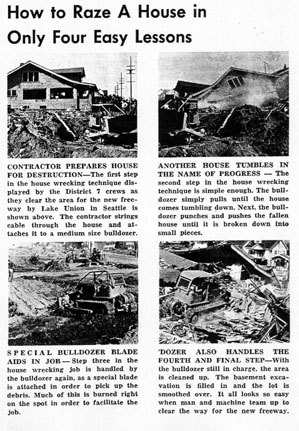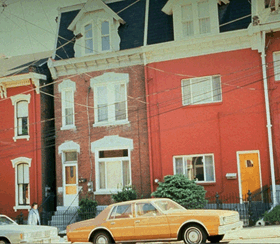Why I believe in historic preservation -- Part One

I grew up in Detroit and then Oakland County Michigan, in Troy, in relatively undistinctive neighborhoods (except for grand neighborhoods in the City of Detroit, where I never lived, Detroit has a pretty undistinguished stock of detached residential building stock, which is why I think it has and will continue to have a difficult time revitalizing...). Although living in Troy, in high school, we liked to go to the Birmingham shopping district, which was and is an intact town center with great urban design and character.
Going to the University of Michigan and living in Ann Arbor gave me a much greater appreciation for towns and cities, and afterwards, I came to Washington, because I wanted to work on policy and I wanted to live in a real city.
While I have always been interested in urban issues, and read a lot about them, I wasn't really that involved in local issues, except for here and there over the years. In 2000, I got energized over a couple things, including an attempt to build a behemoth gas station on one of the commercial blocks in my neighborhood, as well as a greater recognition of how the local community development corporation's "urban renewal" approach wasn't working in rebuilding the neighborhood, and in fact, through the construction of buildings out of character in relation to the historic building stock that characterizes the neighborhood, was making revitalization harder, not easier.
During the gas station battle, I came to understand that in DC law, only historic districts have automatic design review for new construction, and that would have been a great help vis-a-vis the BP debacle (not to mention all the out-of-character new construction, which was called for as part of the H Street Urban Renewal Plan, which was first written by the National Capital Planning Commission, after the 1968 riots).
In early 2001, I went on a road trip with a friend from college, and among other places we visited Savannah and Charleston, which are incredibly beautiful, and are best practices examples of the power of historic preservation to rebuild communities.
When I came back to DC, I realized that "familiarity breeds contempt" and that my neighborhood, north of the Capitol Hill Historic District, is no less beautiful, albeit different, from other cities and neighborhoods, and no less deserving of the kinds of protections that historic designation brings.




0 Comments:
Post a Comment
<< Home